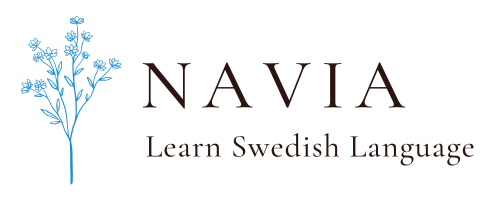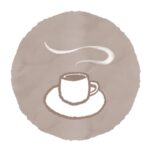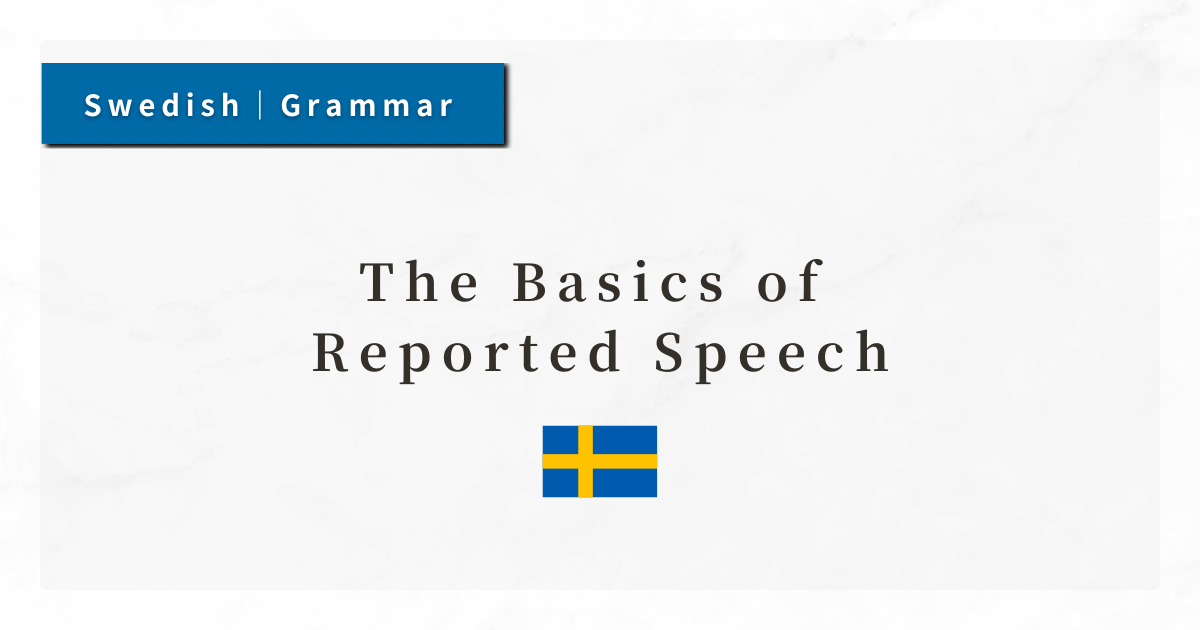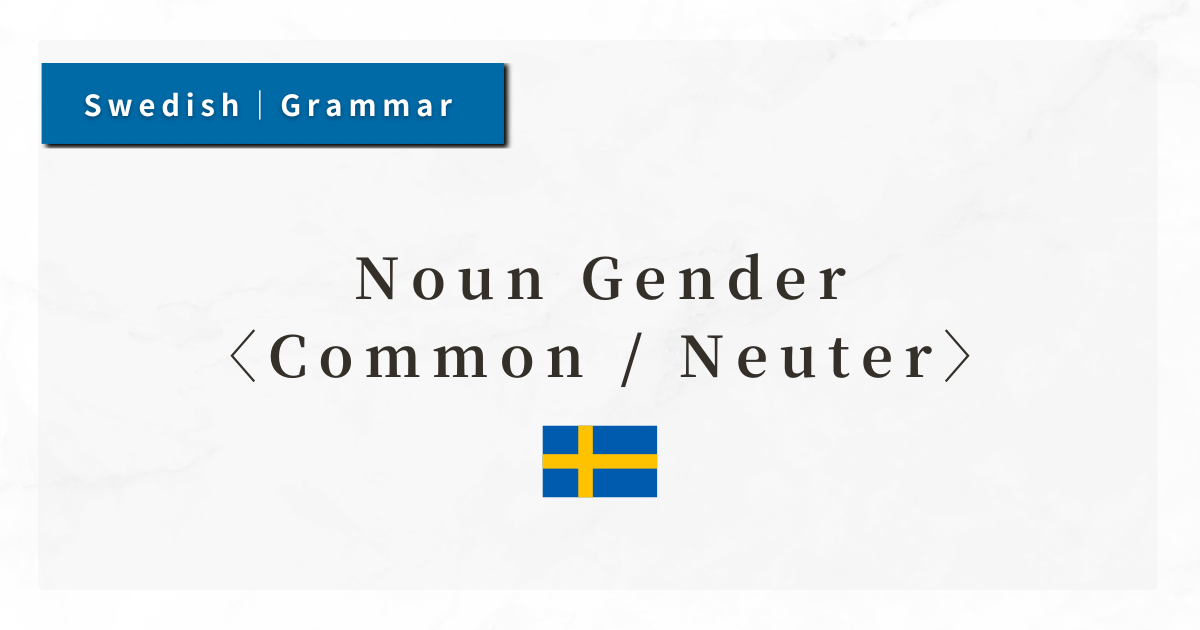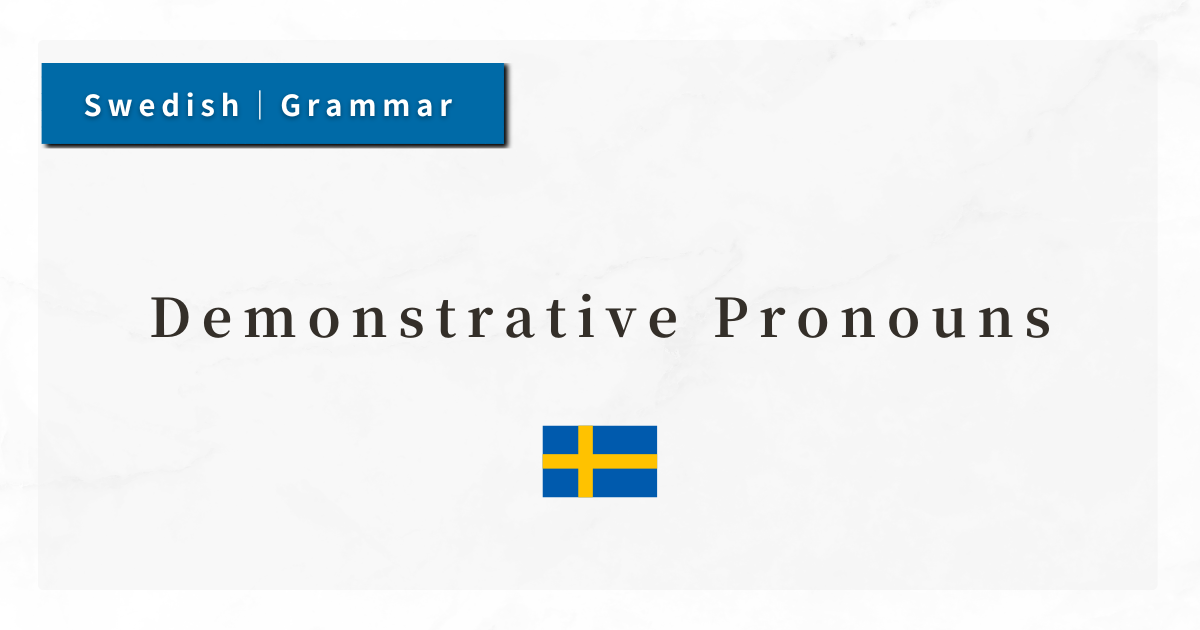Swedish Grammar #48: Quantifiers — många / mycket / få / lite
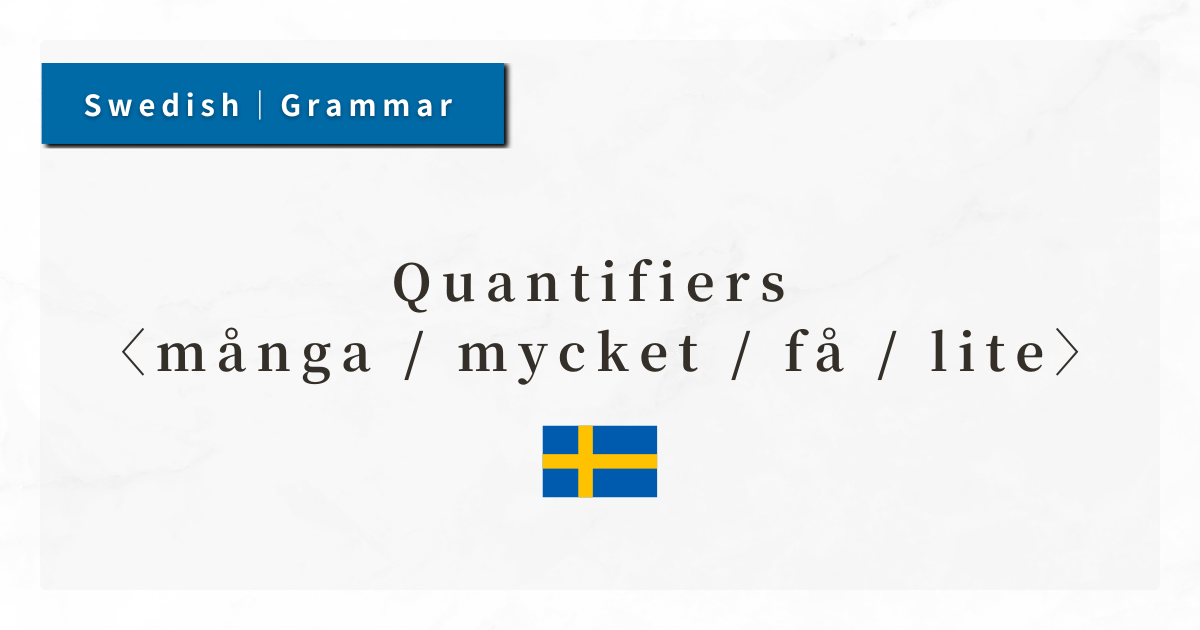
In Swedish, when expressing “amount” or “number” of things or people, several basic quantifiers are used. The most common are många (many), mycket (much/a lot of), få (few), and lite (a little). These words do not simply indicate “many” or “few”; their usage depends on whether the noun is countable or uncountable.
In this lesson, I will explain the meanings and usage of the four main quantifiers in Swedish: många, mycket, få, and lite.
1. Basic Rules of Quantifiers
In Swedish, quantity is expressed using four basic words, corresponding to English many, much, few, and little:
- många: many (used with countable nouns)
- mycket: much/a lot of (used with uncountable nouns)
- få: few (used with countable nouns)
- lite: little/a little (used with uncountable nouns)
The choice depends not only on meaning but also on the type of noun. The key is to determine whether the noun is countable or uncountable.
2. Countable vs. Uncountable Nouns
2-1. Countable nouns: många / få
många (many) and få (few) are used with countable nouns—things that can be counted as units.
- många böcker (many books)
- få stolar (few chairs)
Countable nouns include books (böcker), chairs (stolar), and friends (vänner)—things that can be counted one by one.
2-2. Uncountable nouns: mycket / lite
mycket (much, a lot of) and lite (little, a little) are used with uncountable nouns—things that cannot be directly counted.
- mycket vatten (a lot of water)
- lite tid (a little time)
Uncountable nouns include substances like water, sand, air, as well as abstract concepts such as time and information.
3. Nuances of Quantifiers
3-1. många vs. mycket
Although both mean “a lot,” they differ in usage: många is used with countable nouns and emphasizes a large number of items. It can carry either a positive or negative nuance.
- Jag har många vänner.
(I have many friends.) - Hon har många problem.
(She has many problems.)
mycket is used with uncountable nouns and emphasizes a large amount of something. It is often applied to substances or abstract ideas.
- Vi har mycket tid kvar.
(We still have plenty of time.) - Det är mycket arbete att göra.
(There is a lot of work to do.)
3-2. få vs. lite
få is used with countable nouns, meaning “few” or “a small number of.”
- Jag har få böcker.
(I don’t have many books.) - Det finns få möjligheter.
(There are few opportunities.)
lite is used with uncountable nouns, meaning “little” or “a small amount of.”
- Jag har lite tid.
(I don’t have much time.) - Det är lite socker kvar.
(There is little sugar left.)
4. Extended Usage of Quantifiers
In Swedish, modifiers can be combined with quantifiers to strengthen or soften their meaning.
- väldigt många (very many)
- mycket få (very few)
- ganska lite (quite little)
- rätt många (fairly many)
Learning these combinations allows you to express more subtle nuances in conversation.
5. Summary
- många / få: used with countable nouns.
- mycket / lite: used with uncountable nouns.
- Depending on context, they may carry a negative nuance.
- Combining them with modifiers broadens the range of expression.
